Marketing
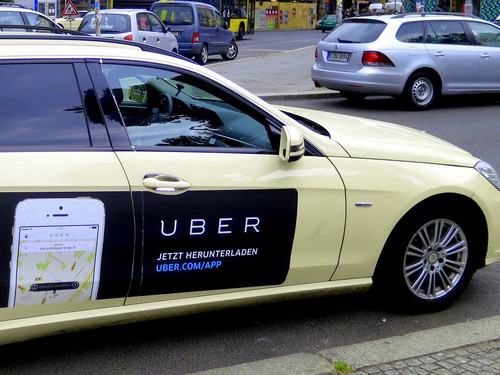
Uber marketing strategy integrates print and media advertising, sales promotions, events and experiences, public relations and others. Particularly, Uber marketing strategy is mainly based on the word-of-mouth. Moreover, media in general and social media in particular play instrumental roles in terms of increasing the levels of Uber brand awareness in the global scale. At the same time, it is important to note that during the past few years, Uber-related messages communicated by the media have been mainly focused on scandals involving Uber, thus damaging the company’s brand image. Uber sales and marketing costs amounted to USD 3,58 USD 4,63 and USD 3,15 billions in 2020, 2019 and 2018 respectively.[1] Uber’s “rider-focused ad spend has increased twentyfold in the last year and a half.”[2] However, Chief Operating Officer Barney Harford has announced his plans to decrease marketing expenses as part of his attempts “bring a dose of financial discipline.”[3] Uber 7ps of marketing focuses on product and price elements of the marketing mix to a greater extent compared to other elements. Specifically, the global transportation technology company is increasing the range of its services to target greater numbers of customer segments. At the same time, the majority of Uber services are cheaper than traditional taxi, illustrating company’s focus on cost element of the marketing mix. Uber’s unique selling proposition is associated with cost efficiency, increasing service range and high level of customer convenience. Particularly, customers greatly appreciate convenience aspect of Uber value proposition. Accordingly, the global transportation technology company targets wide customer segment in terms of geographical location, age, social status and other criteria. Uber Technologies Inc. Report contains the above analysis of Uber marketing strategy. The report illustrates the application of the major analytical strategic frameworks in business studies such as SWOT, PESTEL, Porter’s Five Forces, Value Chain…
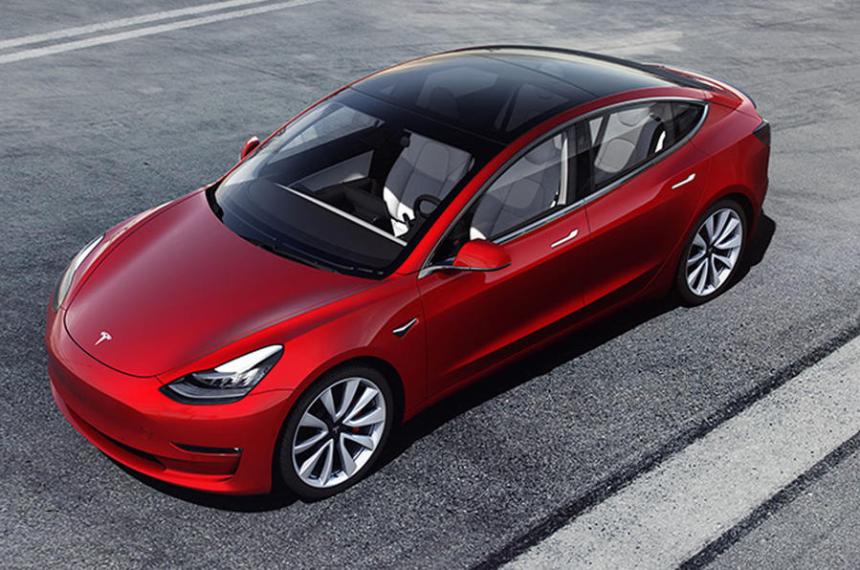
Tesla segmentation, targeting and positioning is a chain of activities that involves identification of a specific population segment(s) and developing products to cater for the needs and wants of consumers belonging to the segment(s). Segmentation involves dividing population into groups according to certain characteristics such as age, social status, psychological characteristics etc. Targeting implies choosing specific groups (segments) identified as a result of segmentation to sell products to. Positioning is the selection and application of the marketing mix the most suitable for the target customer segment. Tesla uses mono-segment positioning. Accordingly, the alternative fuel vehicles manufacturer targets individuals concerned with negative environmental implications of oil and gas consumption. Tesla products are considered to be expensive for average consumers and thus, the target customer segment for the company is wealthy individuals and households. At the same time, Tesla may switch from mono-segment to multi segment type of positioning in the foreseeable future. According to Tesla business strategy announced by Elon Musk in a blog post in 2006, the company builds sports car, uses that money to build an affordable car and uses that money to build an even more affordable car. [1] Tesla also uses anticipatory type of positioning. Specifically, the electric automaker positions its products and services for a market segment that has low turnover with the anticipation that the turnover will increase in the future. The electric automaker’s energy storage products such as Powerwall 2 and Powerpack 2 can be mentioned as examples for anticipatory positioning. The following table illustrates Tesla segmentation, targeting and positioning: Type of segmen-tation Segmen-tation criteria Tesla target customer segment Vehicles: Model S, Model X, Model 3, Future Consumer and Commercial Evs Energy storage: Powerwall 2, Powerpack 2 Solar energy systems: solar panels, inverters, racking, electrical hardware, monitoring device Geog-raphic Region North America,…
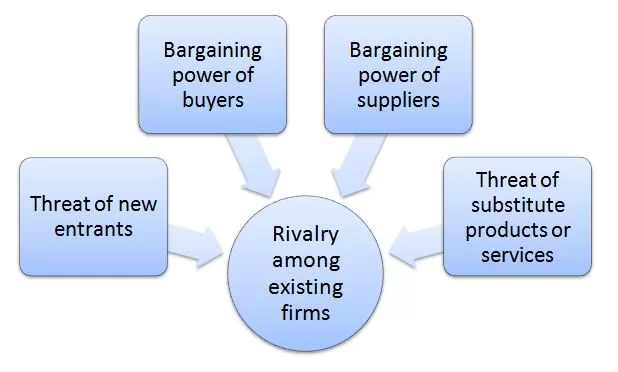
Porter’s Five Forces analytical framework developed by Michael Porter (1979)[1] represents five individual forces that shape an overall extent of competition in the industry. Tesla Porter’s Five Forces Analysis below contains the application of these factors to analyse the competitive environment for the alternative fuel vehicles manufacturer. Figure 1 Porter’s Five Forces Threat of new entrants in Tesla Porter’s Five Forces Analysis The threat of new entrants into alternative fuel vehicles manufacturing industry is moderate. The following factors play an instrumental role in the formation of threat of new entrants into electric vehicles industry: 1. Compromise between performance and cost of electric vehicles. One of the major challenges for electric vehicles is the bargain or compromise between their performance and cost. On one hand, almost all major automakers such as General Motors, Ford, Toyota, BMW and others have built electric cars that are not very expensive, but performance of these cars are compromised. Specifically, electric cars were known for being slower compared to traditional cars and their batteries did not last for long. On the other hand, Tesla has been able to develop its Model S, Model X and Model 3 cars that are fully electric and boasts with advanced technical characteristics such as high speed and long milage in a single charge. However, such fully electric advanced vehicles are technically challenging and expensive to produce. Any potential new market entrant is going to face the same set of challenges as General Motors, Ford, Toyota, as well as, Tesla. Taking into account the fact that established market players are yet to find solutions to these challenges, it can be argued that unless they find innovative solutions, the new market entrants are going to be overwhelmed by the same set of issues as well. 2. Economies of scale. Established market players…
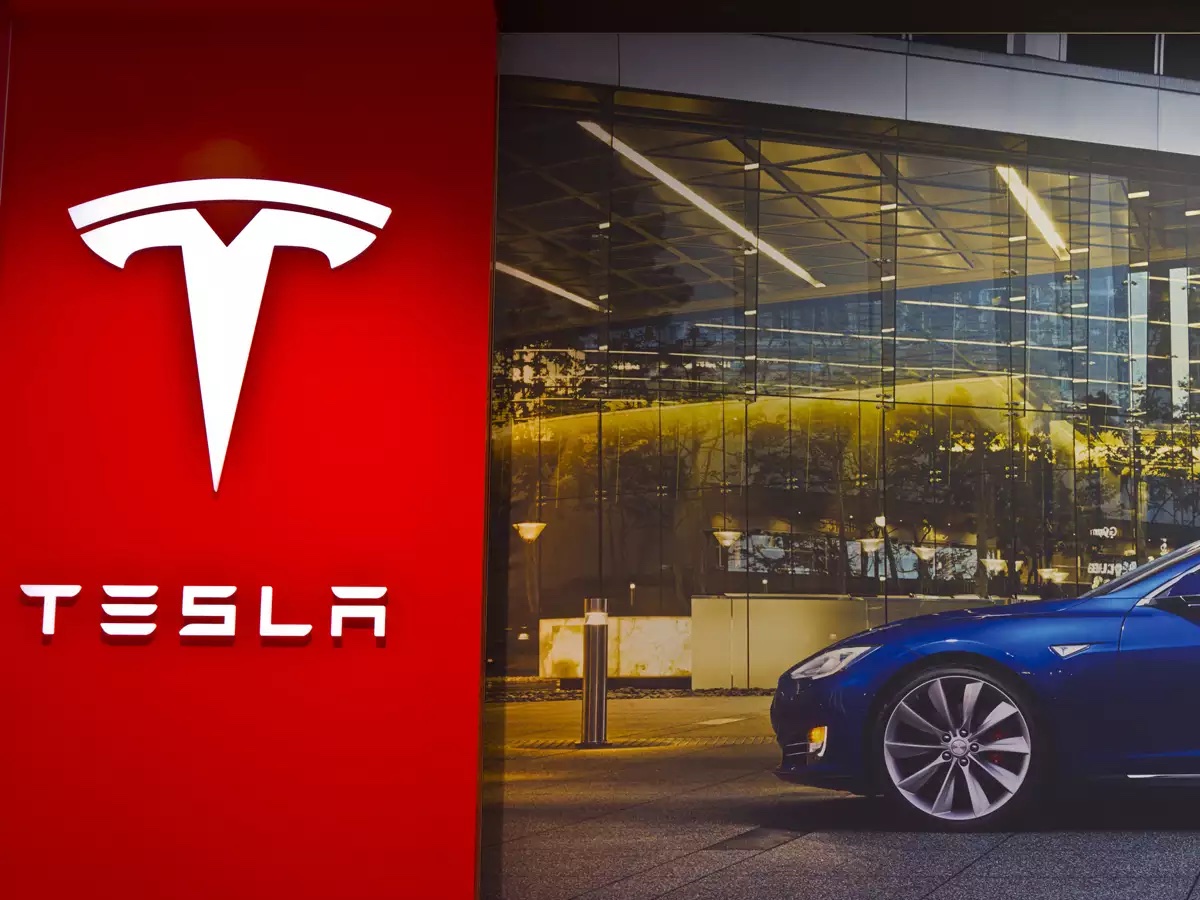
Tesla marketing communication mix explains the usage of individual elements of the marketing communication by the alternative fuel vehicles manufacturer. These elements include print and media advertising, sales promotions, events and experiences, public relations and direct marketing. Tesla Print and Media Advertising Tesla uses print and media advertising sparingly as a part of its unconventional marketing strategy. The alternative fuel vehicles manufacturer does not spend money at all on traditional advertising platforms such as TV, radio, magazines, newspapers, billboards and posters. Instead, Tesla’s unconventional marketing strategy also involves the promotion of fan-made ads that come for no cost for the electric automaker. The company launched Project Loveday, a contest for fan-made videos advertising Tesla. Project Loveday was named for Bria Loveday, a fifth grader who suggested the idea for the contest to CEO Elon Musk.[1] Project Loveday ad contest winners such as Electric Life’s “Embrace the Energy” and Thy Future’s “A Better Future.” and ‘Spaceships. For Earth.’ have been watched in YouTube millions of times, contributing to the level of Tesla brand awareness in a cost effective manner. Tesla also manages to get celebrity endorsement free of charge. The list of celebrities who were enthusiastic about the company and therefore, promoted the brand and its products for free include TV host Stephen Colbert, actress Alyssa Milano, director Jon Favreau, and Teller, the silent partner in the magic duo Penn & Teller to name just a few. Tesla Sales Promotions Tesla uses the following sales promotions techniques in order to increase the sales and boost the level of its brand awareness: Referral Program. Tesla car owners who refer more customers to the company can qualify for a wide range of awards including Solar Roof, 21” Arachnid Wheels for Model S or 22” Turbine Wheels for Model X and VIP invitation for Tesla Unveiling events.[2] Tesla Referral Program is occasionally updated.…
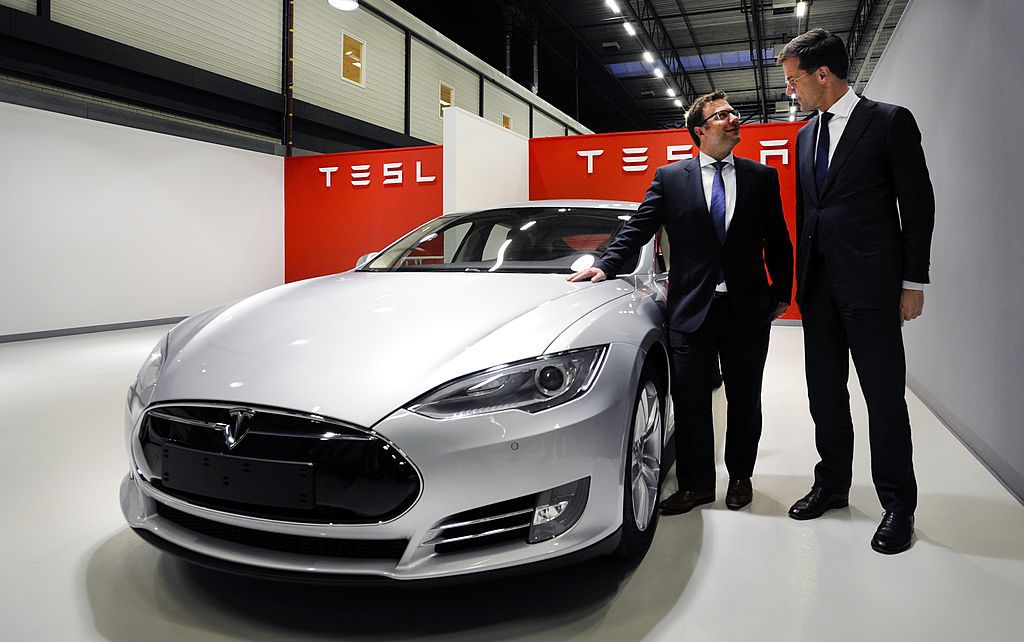
Tesla marketing mix (Tesla 7Ps of marketing) comprises elements of the marketing mix that consists of product, place, price, promotion, process, people and physical evidence. Product Element in Tesla Marketing Mix (Tesla 7Ps of Marketing) Tesla produces fully electric vehicles, and energy generation and storage systems, and also installs and maintains such systems and sells solar electricity. Tesla product positioning is associated with the idea that electric cars can also be fast and cool. The company also runs Supercharger power stations that can be used by customers to charge their vehicles on the road. A typical Supercharge station has between six and twenty Superchargers. Table 3 below lists Tesla product categories and products within categories. Product category Products Vehicles Model S, Model X, Model 3, Future Consumer and Commercial Evs Energy storage Powerwall 2, Powerpack 2 Solar energy systems solar panels, inverters, racking, electrical hardware, monitoring device Tesla product categories and products Tesla produced and delivered approximately half a million vehicles in 2020.[1] The alternative fuel vehicles manufacturer updated Model S and Model X launched in January 2021. Place Element in Tesla Marketing Mix (Tesla 7Ps of Marketing) Tesla sells its vehicles through its own sales and service network. Tesla stores and galleries are highly visible, premium outlets in major metropolitan markets. Some Tesla stores and galleries combine retail sales and service. Tesla sells its vehicles online and in company-owned showrooms. The company does not use dealership networks to sell its products. The electric automaker operates stores and galleries in the US and 35 other countries and regions worldwide. Official website of the company contains the full list of Tesla stores, galleries, service centres and superchargers. Price Element in Tesla Marketing Mix (Tesla 7Ps of Marketing) Tesla pricing strategy can be described as a premium pricing strategy. Tesla…
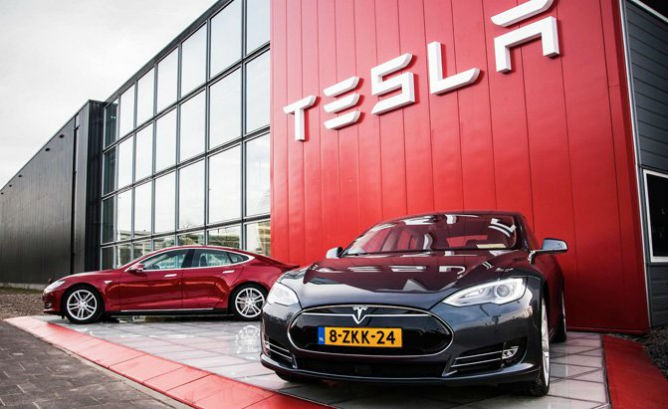
Tesla marketing strategy has been dubbed as USD0 (zero dollar) marketing strategy[1] largely for its avoidance of paid advertising. Instead, the electric automaker focuses on social media marketing. CEO Elon Musk boasted that “Tesla shells out virtually nothing on advertising and endorsements, and relies heavily on word of mouth.”[2] Tesla 7ps of marketing focuses on product and place elements of the marketing mix to a greater extent compared to other elements. Moreover, product and place elements of the marketing mix have been adapted as main sources of Tesla competitive advantages. Specifically, Tesla produces fully electric cars that are fast and attractively designed. Moreover, the electric automaker does not deal with car dealerships and distributors and sells its vehicles directly to end-users. Tesla target market segment represent individuals and households who are not indifferent towards environmental issues and negative environmental implications of CO2 emissions. Tesla effectively appeals to the emotional needs of the target customer segment to feel themselves as environmentally responsible via purchasing electric cars and using solar panels. Tesla marketing strategy is based on the following principles: 1. Marketing through customer experience. Telsa referral program effectively enhances customer experience by offering USD 1000,00 credit and additional accessories and perks. These include Solar Roof, 21” Arachnid Wheels for Model S or 22” Turbine Wheels for Model X and VIP invitation for Tesla Unveiling events, among others.[3] 2. Effective use of social media. CEO Elon Musk has evolved as the face of Tesla and his direct engagement with customers via social media attracts media attention with generally positive implications for the brand. Musk uses his social media accounts as efficient tools for Tesla marketing strategy. 3. Cross-promotional opportunities. Tesla CEO Elon Musk also owns and runs other businesses, namely, SpaceX and Solar City. These companies benefit from unique cross-promotional opportunities. For example, Space X launched…
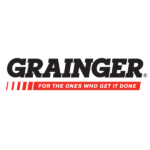
W.W. Grainger marketing strategy was traditionally limited to its famous product catalogues and print and media advertisement. The company CEO D.G. Macpherson admitted in 2019 that marketing was a new skill for the global industrial supply company, but the company was learning very quickly.[1] The necessity for improvement of Grainger marketing strategy is fuelled by intensifying competition in general, and competition from Amazon business in particular. Grainger’s total advertisement expense totalled to USD316million, USD241 million and USD187 million for 2019, 2018 and 2017, respectively.[2] Grainger unique selling proposition is associated with extensive range of MRO products and deep knowledge of company’s sales force regarding main product categories. Moreover, competitive advantages of industrial products distributor include advanced customer services and omni-channel sales strategy. Grainger 7ps of marketing has traditionally focused on product element of the marketing mix to a greater extent compared to other elements. The B2B distributor boasts an extensive product range that includes about 1,7 million types of products supplied by about 5000 suppliers worldwide. [3] Starting from a few years ago, however, Grainger marketing strategy had to change to a certain extent to increase its focus on the price element of the marketing mix. Specifically, due to the increasing threat from Amazon Business, Grainger had to cut profit margin in 2017 to decrease the prices of many products. Segmentation, targeting and positioning practices is an integral part of Grainger marketing strategy and the B2B distributor pursues multi-segment type of positioning. Specifically, the industrial supply company appeals to MRO products needs of all types of customers – small, large and medium. The company targets small and medium businesses through Zoro and MonotaRO websites, whereas large customers with more complex needs are targeted via maintaining face-to-face direct relationships with numerous Grainger sales force representatives. W.W. Grainger Report contains the above analysis…
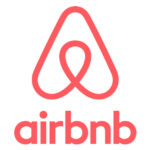
Airbnb marketing communication mix as a framework explains how the global lodging company uses individual elements of marketing communication mix. Elements of marketing communication mix according to this framework consist of print and media advertising, sales promotion, events and experiences, public relations, direct marketing and personal selling. The patterns of use of these elements by Airbnb is explained below. Airbnb Print and Media Advertising Despite the purely online nature of its business model, Airbnb uses print and media advertising extensively. The accommodation and experience marketplace launched Airbnb Magazine in May 2017 distributed in the U.S., with the exception of a small number of copies that will be available for sale in London priced at USD 3,99.[1] Airbnb magazine is a highly dynamic print media platform that responds to the interests of the company’s target customer segment. It has been noted that if Airbnb “algorithms see that users are increasingly searching for ‘Paris’, it notifies the magazine’s editorial staff to whip up a story or two on the French capital.”[2] It has also been speculated that the global hospitality service brokerage company has plans to create its own TV shows in order to encourage people to travel more. As a starting point “Airbnb has reportedly worked on a TV show called Home for Apple’s new TV Plus subscription service; the show focuses on unearthing unique living spaces around the world and the people who reside there”[3] Although Airbnb did not use celebrity endorsements up to date, the global rental and experiences platform effectively uses the use of its services by celebrities as a part of its marketing strategy. For example, the lodging company promotes luxury mansions and villas where celebrities such as Arianna Grande, Lady Gaga, Britney Spears and Channing Tatum have stayed using Airbnb. Viral marketing is also used by Airbnb…
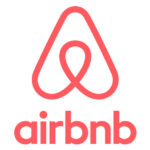
Airbnb segmentation, targeting and positioning consists of a set of consequent activities that divide customers into different groups and identify specific groups to be targeted. The accommodation and experience marketplace positions its services in a way that best appeals to the needs and wants of members of this group. Airbnb uses the following types of positioning: 1. Multi-segment positioning. The global lodging company uses multi-segment type of positioning targeting more than one segment with different service packages. For example, the company lists cost-effective apartments for rent for cost-conscious customer segment, whereas Airbnb Plus package targets customers who value advanced quality and design and are willing to pay more. Recently, the platform launched its Airbnb Luxe line of premium apartments that has been positioned as ‘extraordinary homes with five-star everything’ targeting premium customer segment. 2. Anticipatory positioning. Airbnb uses anticipatory positioning, launching services for a market segment that has low turnover with the anticipation that the turnover will increase in the future. Adventures services such as ‘Around the World in 80 Days’ and experiences of “Becoming a Beekeeper” can me mentioned as examples of Airbnb services with anticipatory positioning. The following table illustrates Airbnb segmentation, targeting and positioning: Type of segmentation Segmentation criteria Airbnb target customer segment Accommodation Experiences & Adventures Geographic Region More than 191 countries and regions and about 100000 cities More than 30000 experiences worldwide Density Urban/rural Urban Demographic Age 18-45 18-60 Gender 54% Females & 46% Males[1] Males & Females Life-cycle stage Bachelor Stage Newly Married Couples Full Nest I Full Nest II Full Nest III Empty Nest I Empty Nest II Bachelor Stage Newly Married Couples Full Nest I Full Nest II Empty Nest I Occupation Students, employees, professionals, Students, employees, professionals, senior manager, executives Behavioral Degree of loyalty ‘Hard core…
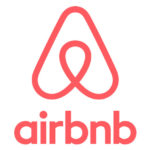
The concept of marketing mix (also known as 7Ps of marketing) comprises elements of the marketing mix that consists of product, place, price, promotion, process, people and physical evidence. Airbnb marketing mix (Airbnb 7Ps of marketing) below involves the analysis of these elements for the global hospitality service brokerage company. Product Element in Airbnb Marketing Mix Airbnb can be used to find places to stay and various tourism experiences around the globe. It is important to note that Airbnb does not own places or does not host the experiences it offers. It is only a platform between service providers and consumers. The global hospitality service brokerage company has been increasing the range of its services regularly. Started only as s website that can be used to find bed and breakfast type of accommodation in 2008, today Airbnb offers a wide range of hospitality services. These include places to stay for various tastes, purposes and budgets, concerts, adventures, experiences and restaurants. Place Element in Airbnb Marketing Mix There are more than 191 countries and regions and about 100000 cities with Airbnb listings[1]. Airbnb offices are located in 34 cities worldwide.[2] The listings of the accommodation and experience marketplace are not concentrated in any single market. Less than 3% of all active listings are in New York City, London, and Paris. No one city accounts for more than 1% of our listings worldwide.[3] Price Element in Airbnb Marketing Mix Airbnb pricing strategy can be described as economy pricing. Airbnb is widely recognized as the most affordable option of finding an accommodation. The global lodging company charges hosts only 3% booking fee and guests are also charged a service fee (which Airbnb collects directly), and it may collect a VAT (value-added tax) in some jurisdictions. Guests usually have access to common facilities such as their…
